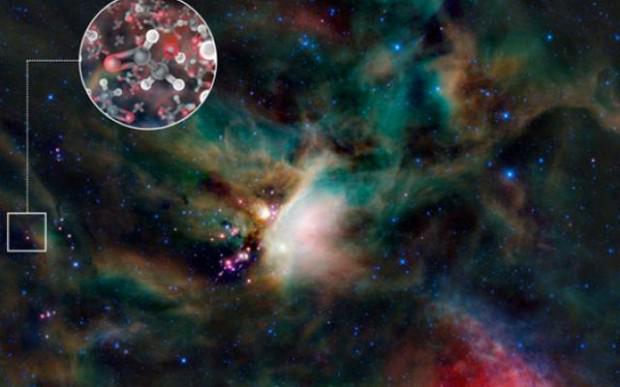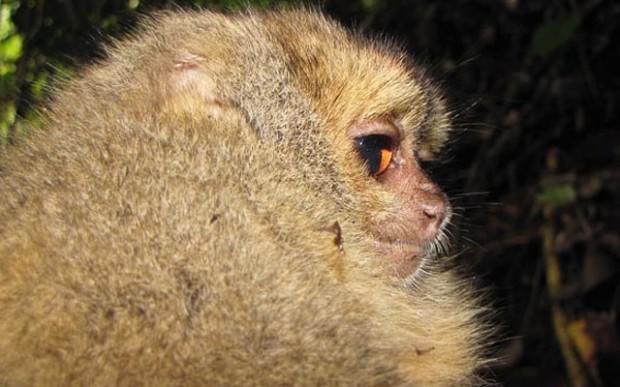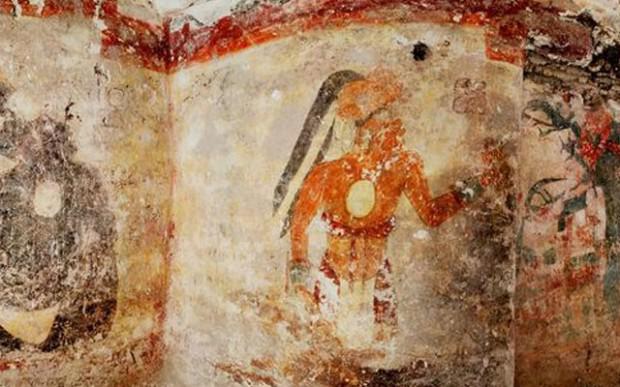1280
Scientific discoveries in 2012

2012 is not yet complete, but scientists have to sum up and remember the most important discoveries have been made in the past year. The new planet, new animals, incredible achievement worthy of the Guinness Book ... offer together with us to recall the most high-profile discoveries of 2012. 10) Giant crocodile pobivshy all rekordy

Giant Crocodile Lolong reaches a length of 6 to 17 meters. He lives in captivity and is thus officially a huge crocodile, as reported by Guinness World Records in July. The news of this reptile has become one of the top 10 news of the year, according to the publication National Geographic.

After Crocodile was accused of an attack on the people and the murder of 2 people, the giant has been caught in the Philippines in September 2011, and placed in a nursery. Guinness World Records lists based on information provided by experts. In this case, a zoologist Adam Britton measured the beast in his new home, eco-park and research center Bunavan. 9) Sugar kosmose

Not so long ago, astronomers made the "sweet discovery": simple sugar molecules float in the composition of gas around stars located 400 light-years away, which suggests that other planets might harbor life.
The search for extraterrestrial life continues this August opening, of course, can not serve as evidence that extraterrestrial life does exist elsewhere in the universe. But it greatly increases the chances that once we learn about the real existence of inoplanetyan.

The molecules rich in carbon are the building blocks of life forms. Now it turned out that they may be present in the stardust even before the world began to take shape. The researchers began using the word "sugar" to describe this in the case of organic molecules known as carbohydrates which consist of carbon, hydrogen and oxygen. 8) New planets in the solar sistemy

According to the study, the results of which were published in May, at the very edge of the solar system, there are undiscovered planet. These planets are too far away and too dark environment so they can be easily noticed by a teleskopov.

Rodney Gomez, an astronomer at the National Observatory of Brazil in Rio de Janeiro, said that the existence of these unseen planets is possible due to the fact that they are slightly shifted the orbit of the Kuiper belt objects. These objects are small icy bodies, including dwarf planets that are located beyond the orbit of Neptune. 7) Find the piece of God - a binding element Vselennoy

In July, two independent teams of researchers working with the Large Hadron Collider reported that with a probability of 99 per cent discovered the Higgs boson, which immediately dubbed the "God particle» .

Particles that are looking for a long time, helping to present a complete physical model and explain why objects in our universe are endowed with mass. Moreover, thanks to this particle galaxies, planets, and even you and I have a right to exist. 6) The Lost World in Antarktide

Not yet received the official name of Yeti crab lives about hot springs, rich in minerals, in the ocean, not far from Antarctica. Scientists have reported that the vast depths unknown to science discovered the "lost world" of living things, unseen ranee.

Special machine robot submersible, equipped with a camera, recovered in the depths of the ocean and discovered previously unknown barnacles, crabs, anemones, and even an octopus. All these creatures are almost completely devoid of color, because they live in darkness at a depth of about 2,400 meters. 5) found the star system with nine planets in the constellation Gidra

The star is located at a distance of 127 light years from Earth, it may have in its orbit more planets than the Sun, which makes this star system "the most populous" of all known star sistem.

According to the study, published in April, HD 10180 - sun-like star in the constellation Hydra South, around which at least 9 planets as in our solar system, as we know, only 8 official planets. 4) New species in South Amerike

A new species of night monkey - one of eight new species of mammals found during an expedition in the northern part of Peru - National Reserve Tabakonas Namballe, the researchers reported in sentyabre.

The group of biologists from Mexico and Peru have discovered a new species in the period from 2009 to 2011 during his famous expedition. The fact that they were not previously known to science has been proven in the past year. 3) New legless amfibii

These creatures are not worms or snakes as it may seem. This burrowing legless amphibian land that are completely new to science animals, the researchers reported in fevrale.

Amphibians Chikilidae family live in north-eastern India. Scientists have found six species of this brand new family. 2) Evidence that the Mayans did not predict the end of sveta

The latest discovery of a large Maya city, archaeologists have discovered the only frescoed house, and these frescoes - especially. They portrayed fairly lively scene from the life of the ruler and his entourage, as well as calculations that allowed scientists to trace the events fairly long period of time. This calendar does not end, but continues for thousands of years in advance, so it proves that the Mayans did not predict end of the world December 21, 2012 goda.

1) Unusual Mayan temple in the jungle of Guatemala Around 1600 years ago, the Temple of the Night Sun was blood-red beacon that could be seen for many kilometers. He was decorated with giant masks of the Maya sun god, who appears in the form of a snake, or a bloodsucking yaguara.

For a long time the church was lost in the jungles of Guatemala, but in 2012 was discovered by archaeologists who have shown their true face. This discovery allowed researchers to learn a lot about the ancient Maya civilization. Ancient civilization mayya

Maya lived in what is now Guatemala, Belize and Mexico's Yucatan Peninsula. In contrast to the relatively centralized empires of the Aztecs and the Incas, Maya civilization included independent and warring city-states.
Source: www.infoniac.ru/news/10-vazhnyh-nauchnyh-otkrytii-2012-goda.html
























